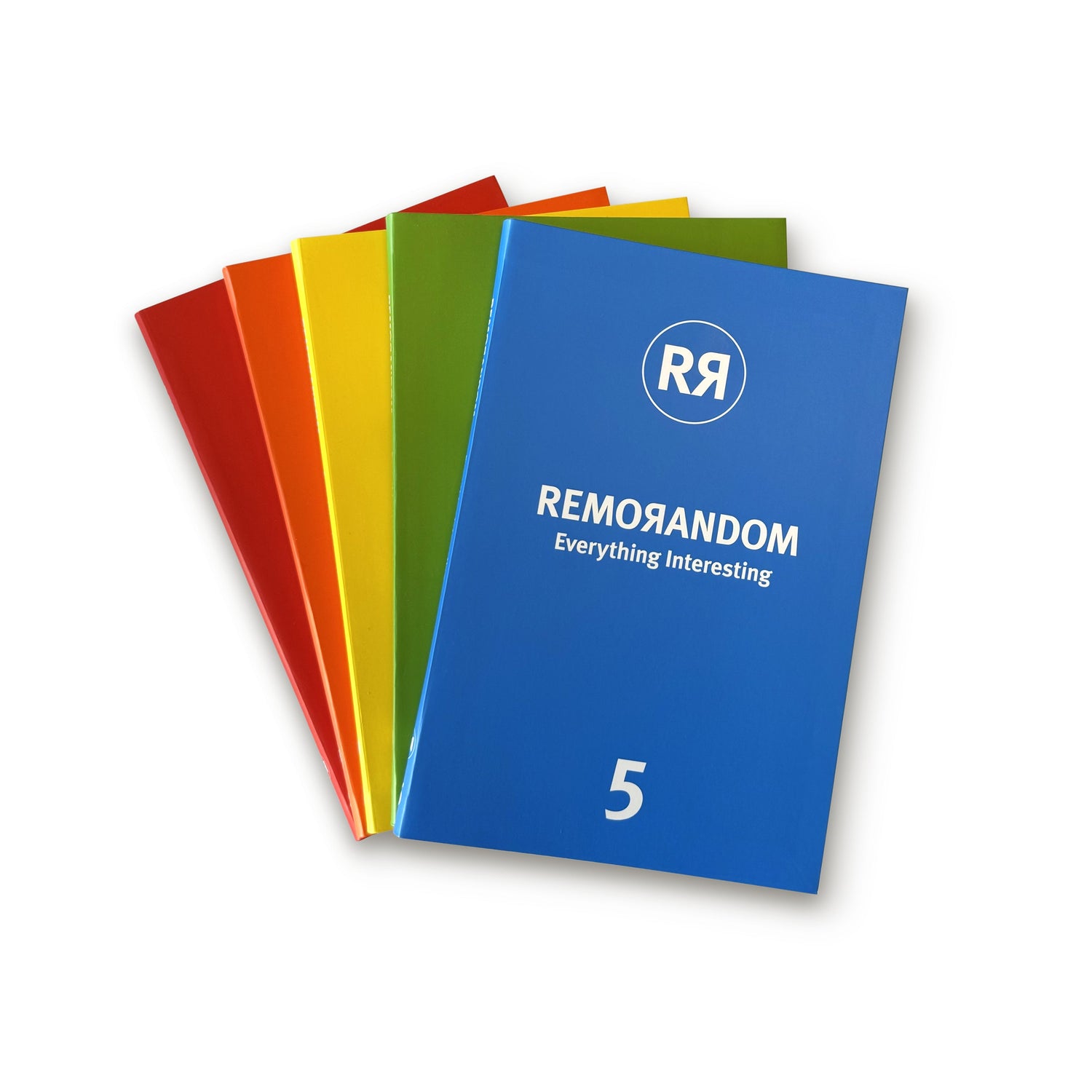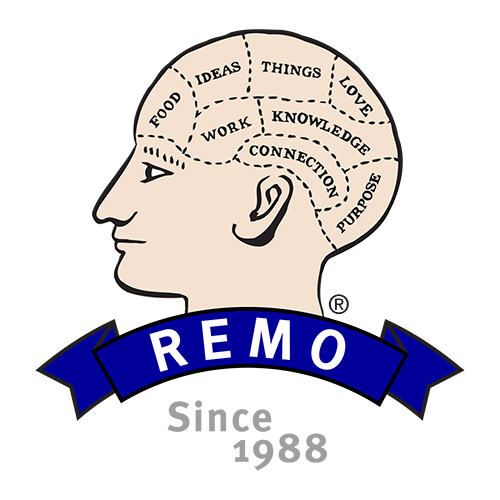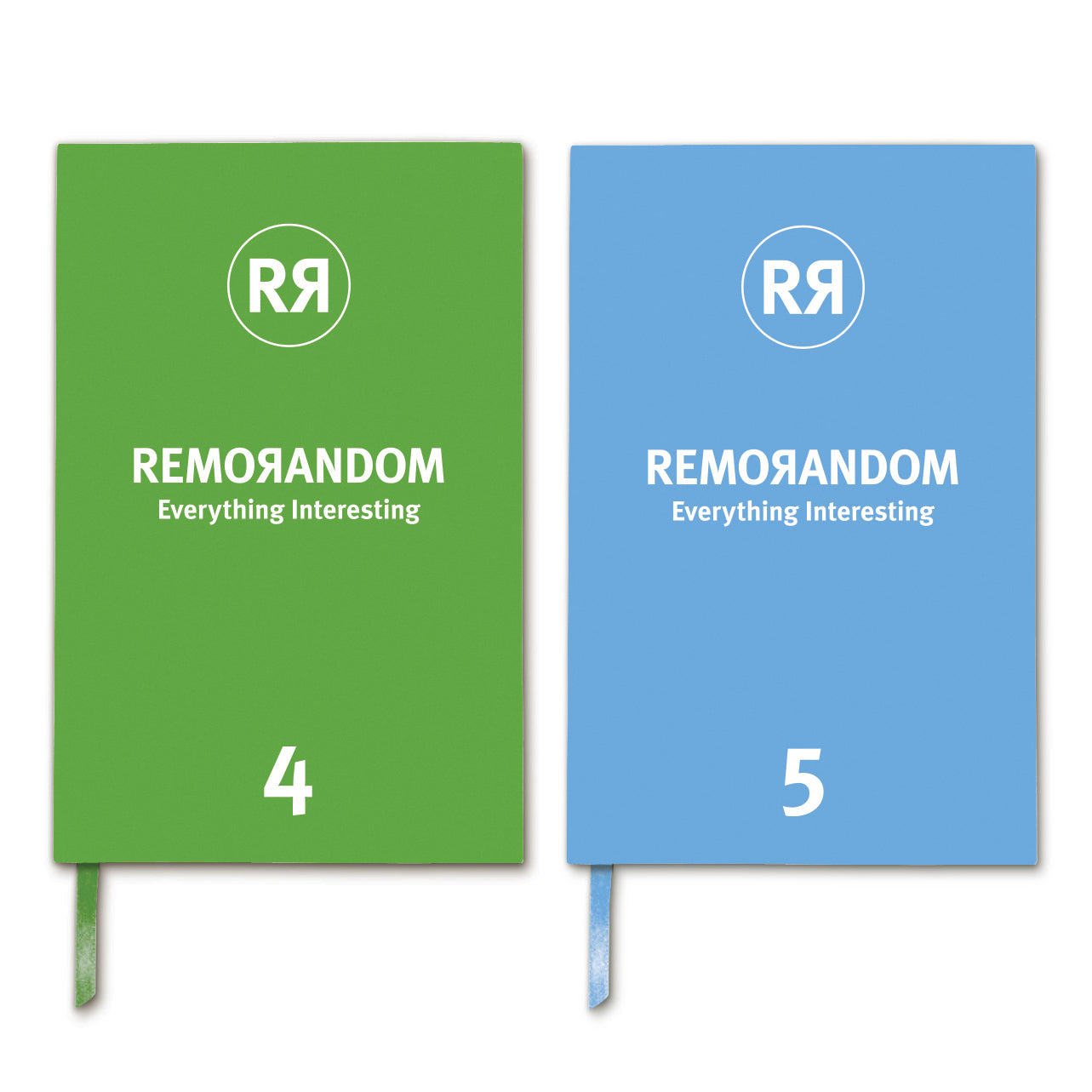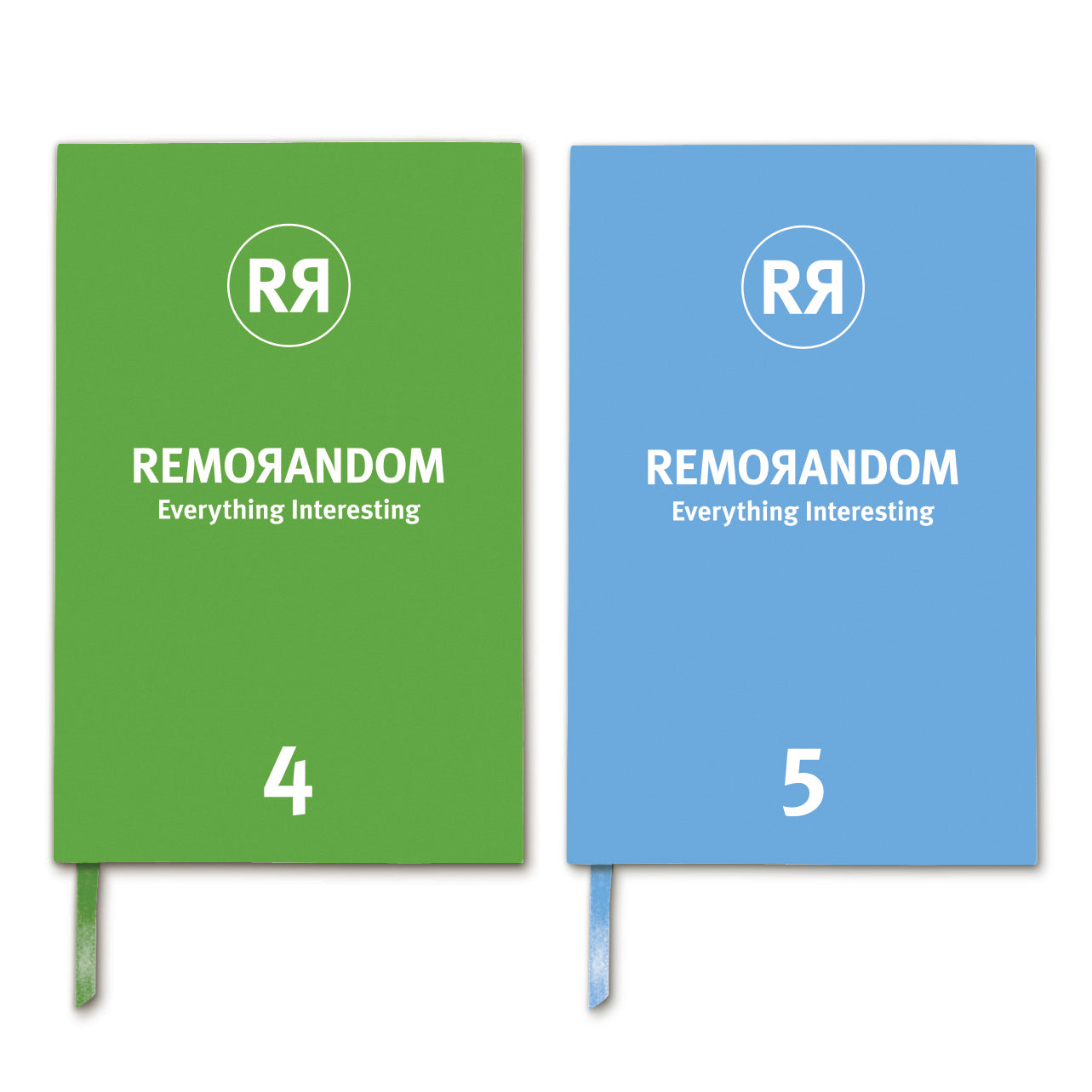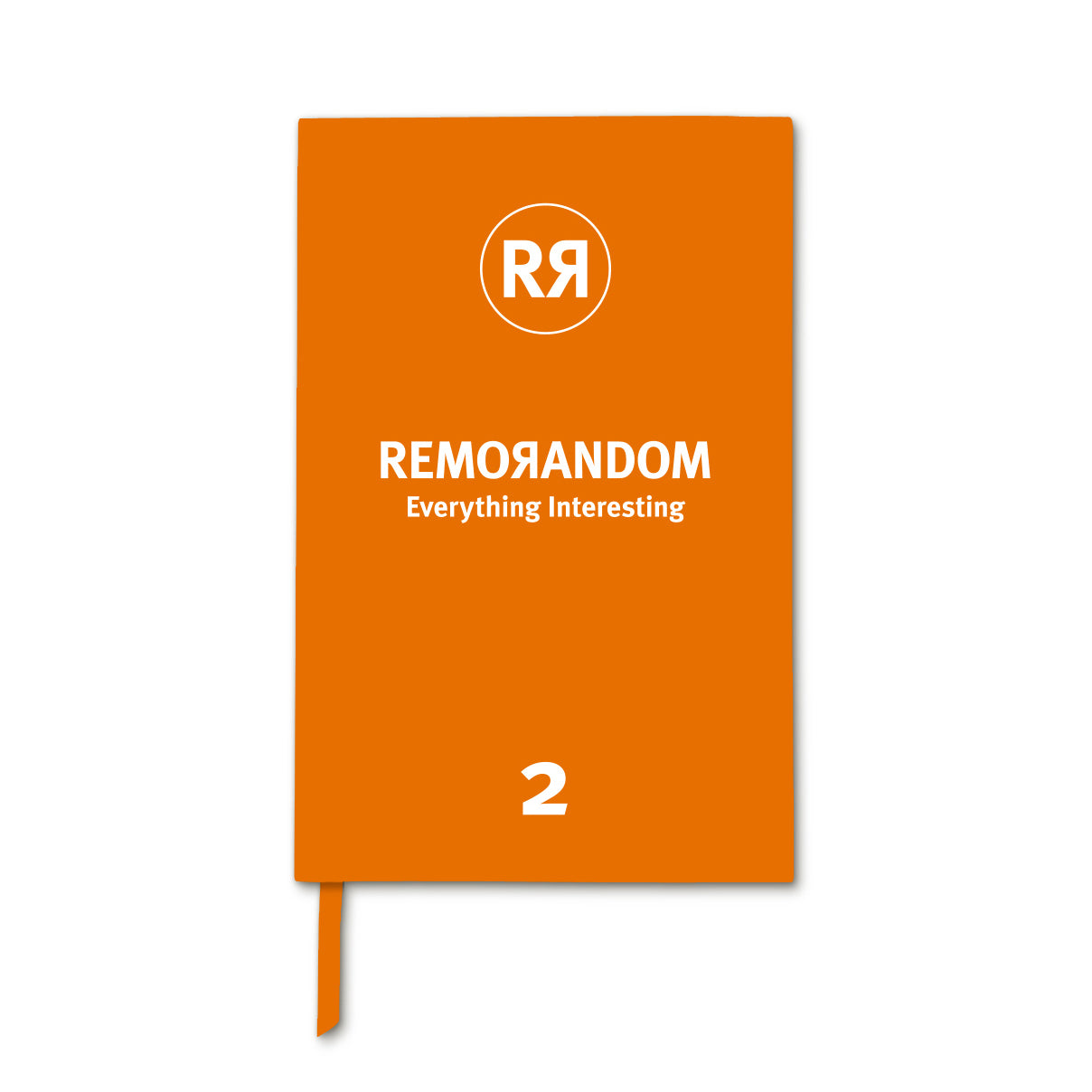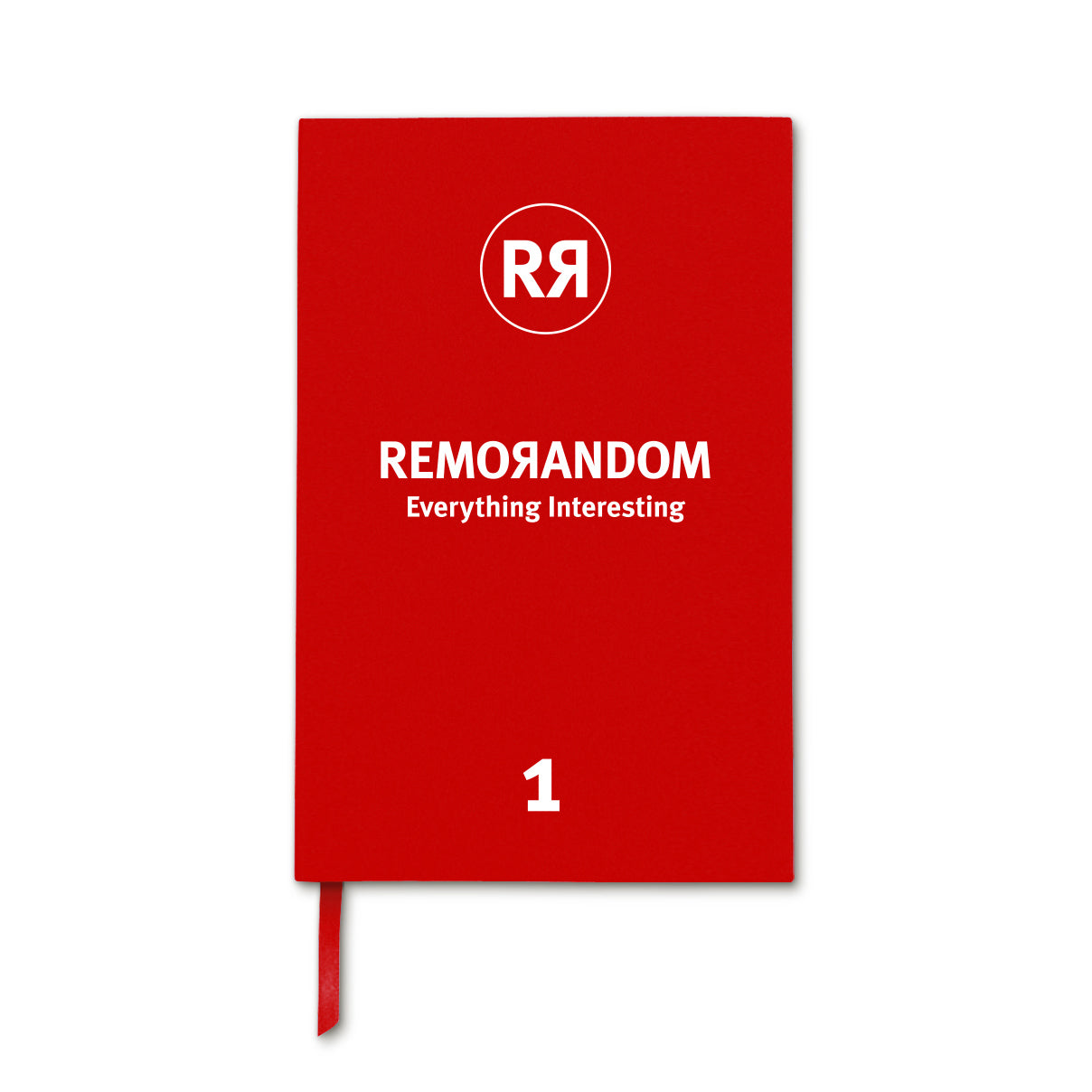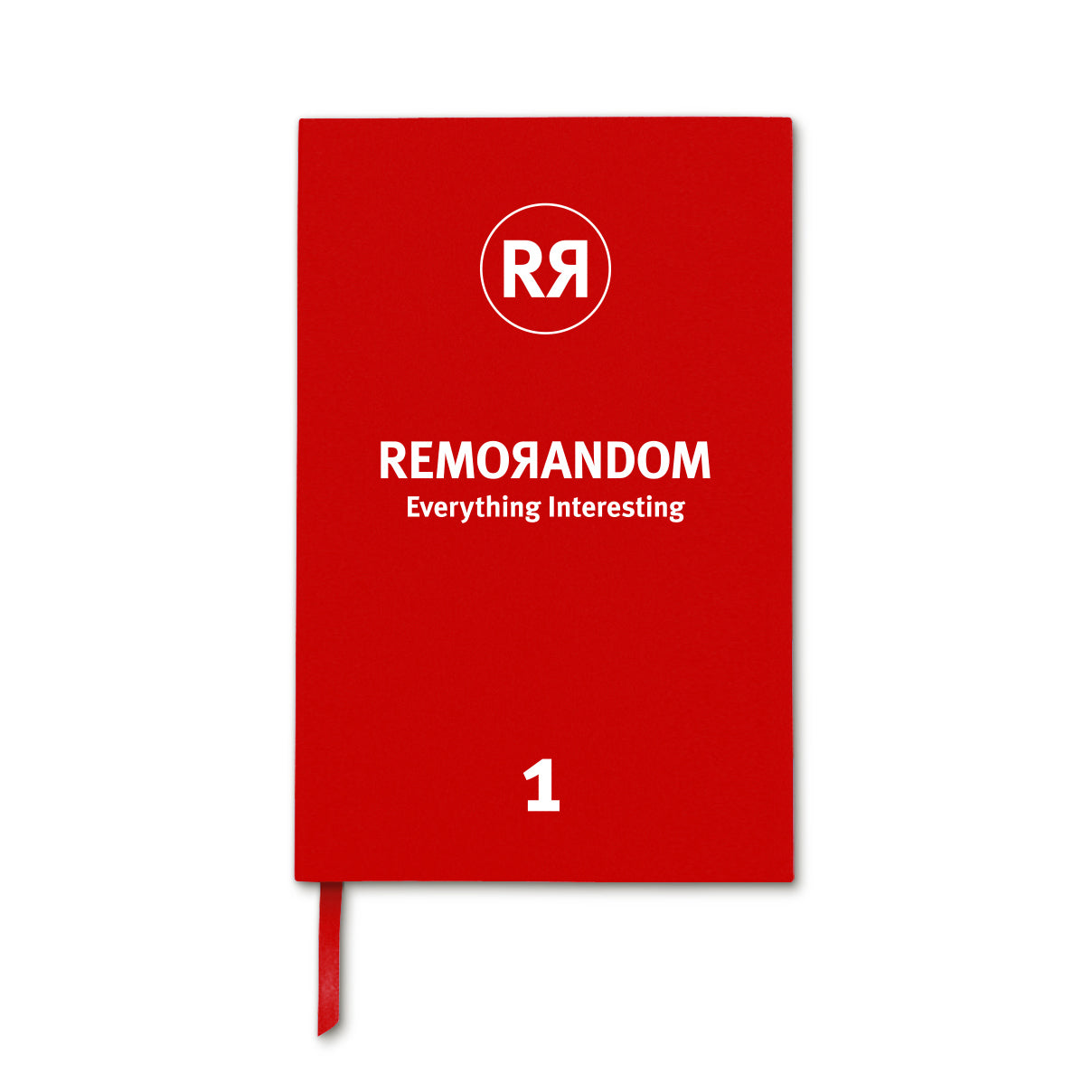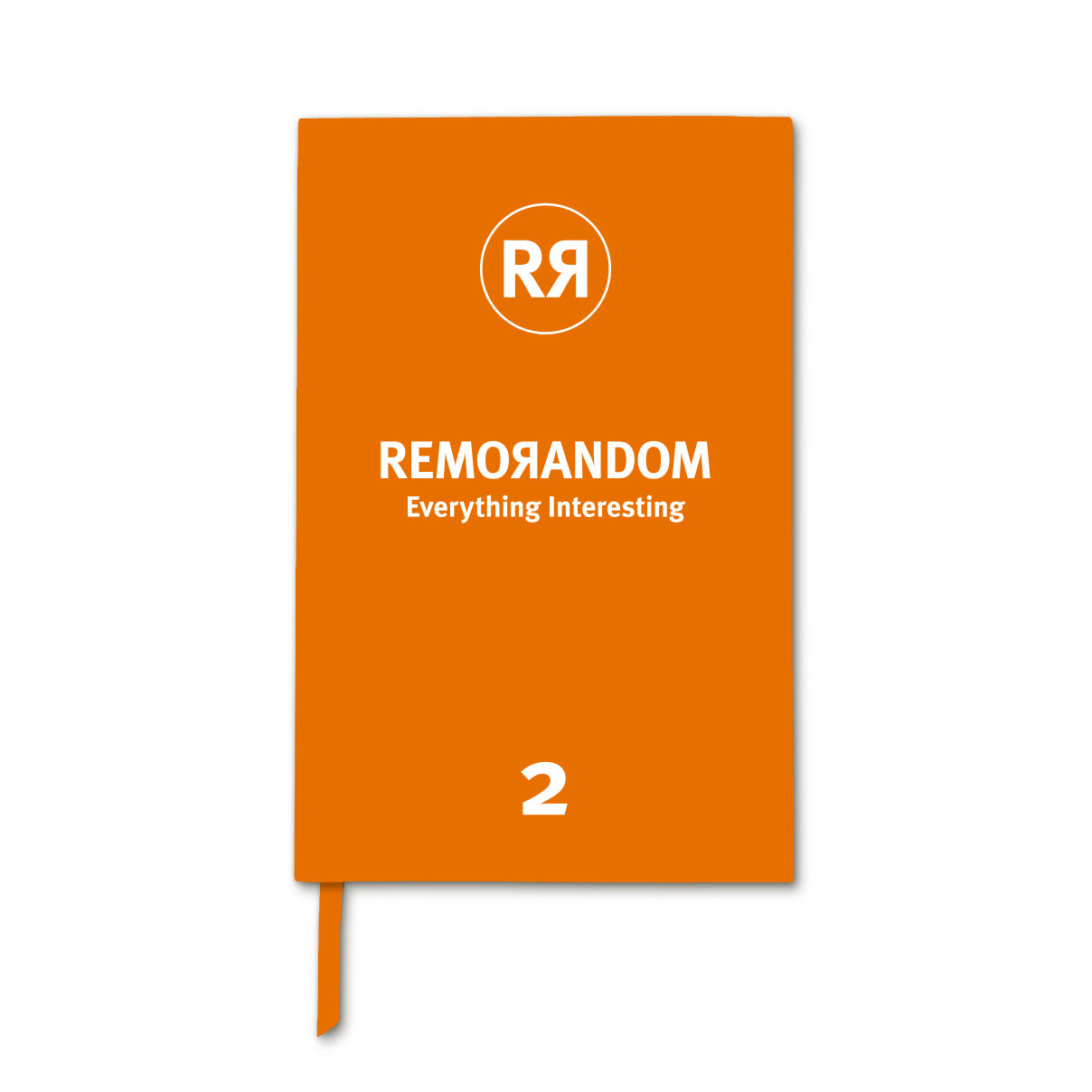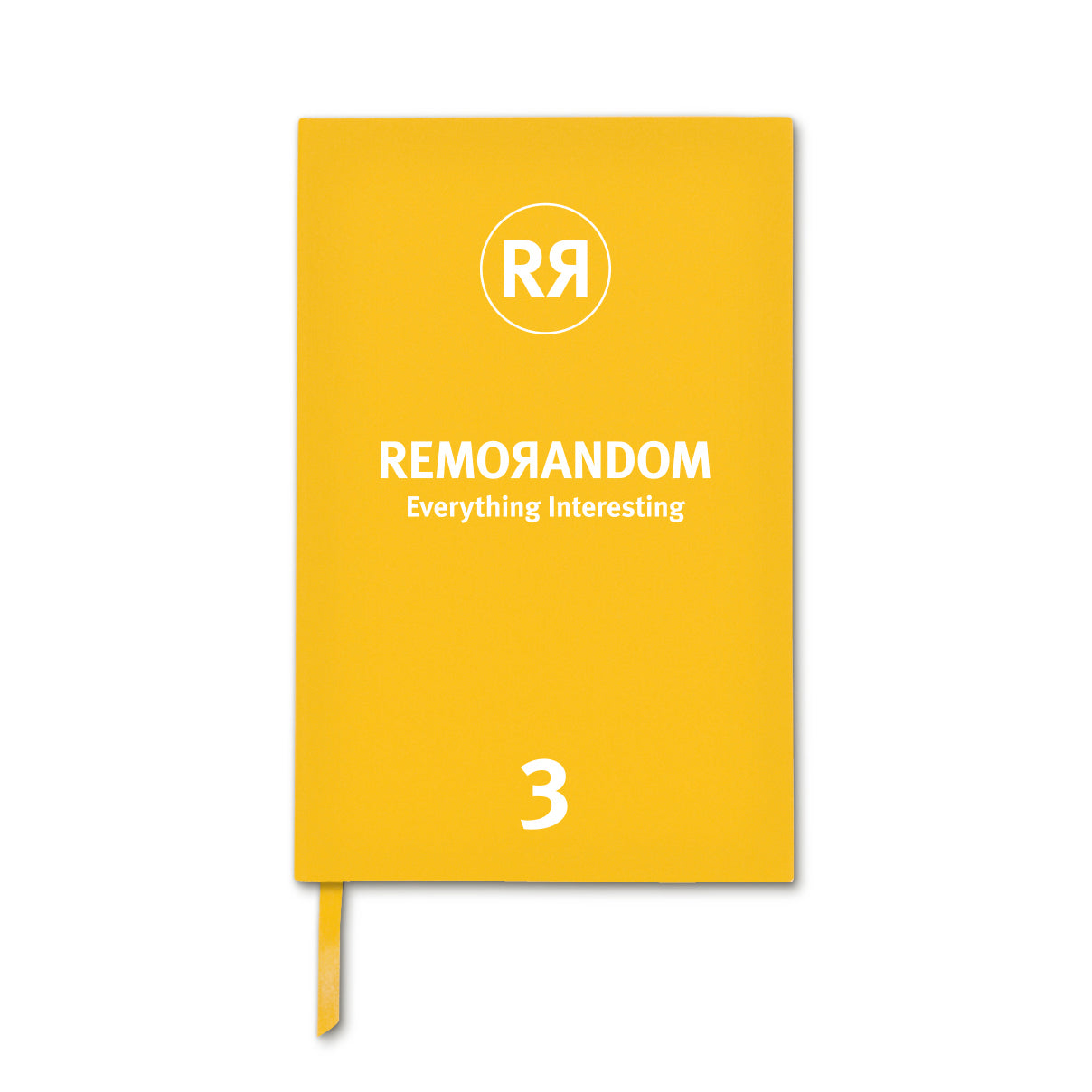The story of Tetris, one of the world’s most beloved and influential video games, began in the Soviet Union in 1984. Alexey Pajitnov, a software engineer and researcher at the Soviet Academy of Sciences in Moscow, designed Tetris to test the capabilities of the Electronika 60 computer and as a personal experiment in game development.
Pajitnov was fascinated by puzzles and wanted to create a digital game inspired by his love of pentominoes, a game involving various shapes made of five squares that players must arrange to fill a box. To simplify his game, he used “tetrominoes” – shapes made of four squares – leading to the name “Tetris”, a blend of “tetra” (Greek for four) and “tennis”, Pajitnov’s favourite sport.
The game was simple yet addictive: players would rotate and arrange falling blocks, or tetrominoes, to create horizontal lines without gaps. Once a line was completed, it would disappear, earning the player points and freeing up space. Tetris was easy to learn but difficult to master, engaging players in an endless cycle of placing blocks before the screen filled up.
Pajitnov shared Tetris with colleagues at the Academy of Sciences, and it spread quickly, gaining fans across Moscow. However, the Soviet Union's strict laws on intellectual property ownership meant Pajitnov couldn’t officially profit from his creation. The Soviet government instead claimed the game’s rights, managing its licensing through the state-owned company Elektronorgtechnica or ELORG. [Ed: Very James Bond evil organisation, don’t you think?]
The rights to Tetris were eventually licensed to various companies in a tangled series of agreements. In the mid-1980s, a British software salesman named Robert Stein encountered Tetris and saw its potential for international markets. Stein negotiated a licensing deal with ELORG, but he prematurely licensed the game to other companies, including Spectrum HoloByte in the United States and Mirrorsoft in the United KIngdom, leading to widespread distribution and popularity in the West.
By 1988, Henk Rogers, a Dutch game developer and entrepreneur living in Japan, recognised its potential as a flagship title for the Game Boy, Nintendo's handheld gaming device. Rogers secured the handheld rights to Tetris through a direct negotiation with ELORG, outmanoeuvreing competitors. This led to the iconic pairing of Tetris with the Game Boy in 1989, which contributed immensely to both the game’s and the console’s success. Pajitnov’s vision had transformed into a global phenomenon, with Tetris captivating players worldwide and selling millions of copies.
All of this convolution and Cold War intrigue is captured vividly in Dan Ackerman’s 2016 book The Tetris Effect: The Game that Hypnotized the World … and also (controversially as far as Ackerman is concerned) in the eerily similar Apple TV+ 2023 docudrama The Story Behind Tetris. Trailer HERE.
Tetris is known for its ability to induce a “flow” state—a psychological phenomenon where people become deeply immersed and focused on a task, often losing track of time.
Tetris even has a psychological phenomenon named after it: the “Tetris Effect”. People who played for long periods found themselves thinking in terms of Tetris blocks. They may see coloured images of pieces falling into place on an invisible layout at the edges of their visual fields or when they close their eyes. This phenomenon only added to the game’s mystique and showed how deeply engaging it could be.
The Tetris Effect has been explored as a potential tool for alleviating trauma-related symptoms, particularly in the context of Post-traumatic stress disorder (PTSD).
Pajitnov eventually moved to the US in 1991 and later regained the rights to Tetris in 1996, founding The Tetris Company with Rogers to manage the game’s ongoing licensing and legacy. Game on!
_________________________________
References
https://en.wikipedia.org/wiki/Tetris
https://en.wikipedia.org/wiki/Tetris_effect
https://www.wired.com/story/tetris-effect-tetsuya-mizguchi-virtual-reality/
https://www.theguardian.com/games/2023/aug/09/the-tetris-effect-author-says-film-makers-copied-his-story-brick-by-brick
Images
1. Tetris
2. Alexey Pajitnov, creator of Tetris, at the Game Developers Conference, 2024
3. Pentominoes wooden puzzle
4. ELORG in Moscow
5. Tetris, the very first version
6. Tetris DOS version, 1986
7. Tetris on a Nintendo Game Boy. Boom!
8. Book: The Tetris Effect: The Game that Hypnotized the World, Dan Ackerman, 2016
9. Video: Trailer for Tetris — The Story Behind Tetris, Apple TV+, 2023
